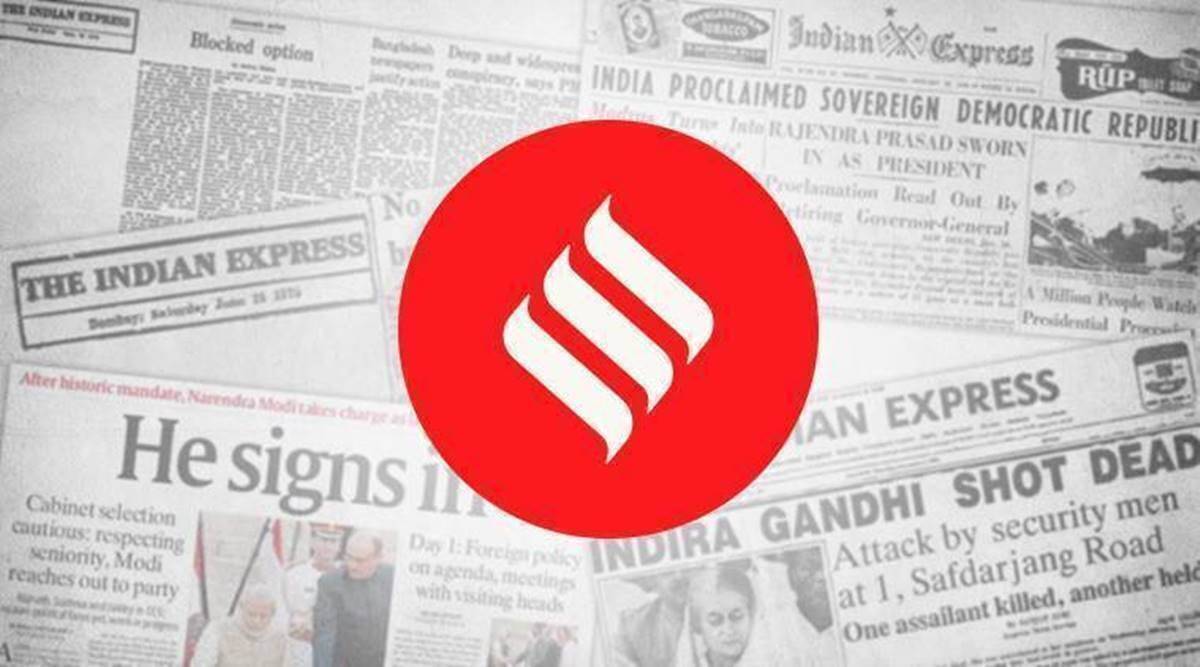India’s industrial output rose 7.1 per cent year-on-year in April. Coming after a 11.4 per cent increase for the whole of 2021-22, it points to a recovery, albeit from the negative growth of the preceding lockdown-impacted fiscal. What’s worrying, however, is consumer non-durables production growing by just 0.3 per cent in April, on top of 3.3 per cent for 2021-22. The National Statistical Office’s data tallies with what private consumer research firms have also been putting out. NielsenIQ has estimated India’s fast-moving consumer goods (FMCG) sector to have registered minus 4.1 per cent year-on-year volume growth in January-March, minus 2.6 per cent in October-December, and 1.4 per cent in July-September. Kantar Worldpanel has reported volume contraction in the country’s FMCG market for the last three consecutive quarters. Even the market leader Hindustan Unilever posted a 10.4 per cent sales turnover jump for the January-March quarter, but “with flat underlying volume growth”.
The simple takeaway is that the Indian consumer is buying less, although paying more for the same, if not less, volume of groceries and essentials. One reason is inflation. Most market surveys suggest high price increases to have impacted discretionary as well as staple consumption. While consumers are either cutting down on purchases or opting for lower-priced/ non-premium/unbranded products, FMCG firms have sought to push sales of smaller packs and even undertake “grammage reductions”. In other words, passing on soaring costs — whether of palm oil, wheat or packaging material — not through explicit price hikes, but by decreasing product weight/size for the same price points. There are limitations to such stratagems. Individual companies may grow significantly ahead of the market, gaining both value and volume shares. But even they would want the market itself to expand, rather than resorting to “shrinkflation” or consumers “downtrading” and “titrating” volumes.
Inflation should come under control, hopefully sooner than later. Of greater concern is the stress on incomes. Most households in India received little, apart from free grain, as stimulus during the last two years of job and income losses. As a result, they emerged from the pandemic with battered balance sheets. This is in contrast to the previous decade, where household consumption held up even as overall economic growth was dragged down by an over-leveraged corporate sector and bad loans-laden banks. That “twin-balance sheet” problem looks less of a threat. Profit margins of listed companies in 2021-22 were the highest for over a decade, with the non-performing assets ratio of banks moderating to their lowest in six years. Today, corporates and banks are better-positioned to invest and lend, respectively. But the weak balance sheets of households and government constrains their ability to spend — and that’s a real problem.
Best of Express Premium Premium
Premium Premium
Premium Premium
Premium Premium
Premium
!function(f,b,e,v,n,t,s)
{if(f.fbq)return;n=f.fbq=function(){n.callMethod?
n.callMethod.apply(n,arguments):n.queue.push(arguments)};
if(!f._fbq)f._fbq=n;n.push=n;n.loaded=!0;n.version=’2.0′;
n.queue=[];t=b.createElement(e);t.async=!0;
t.src=v;s=b.getElementsByTagName(e)[0];
s.parentNode.insertBefore(t,s)}(window, document,’script’,
‘https://connect.facebook.net/en_US/fbevents.js’);
fbq(‘init’, ‘444470064056909’);
fbq(‘track’, ‘PageView’);
.

✅ خرید وی پی ان ❇ ip ثایت vPn آی پی اختصاصی ◐
✅ خرید VPN آی پی ثابت ترید بایننس وی پی ان ◐ ip اختصاصی اکانت آی پی ثابت

